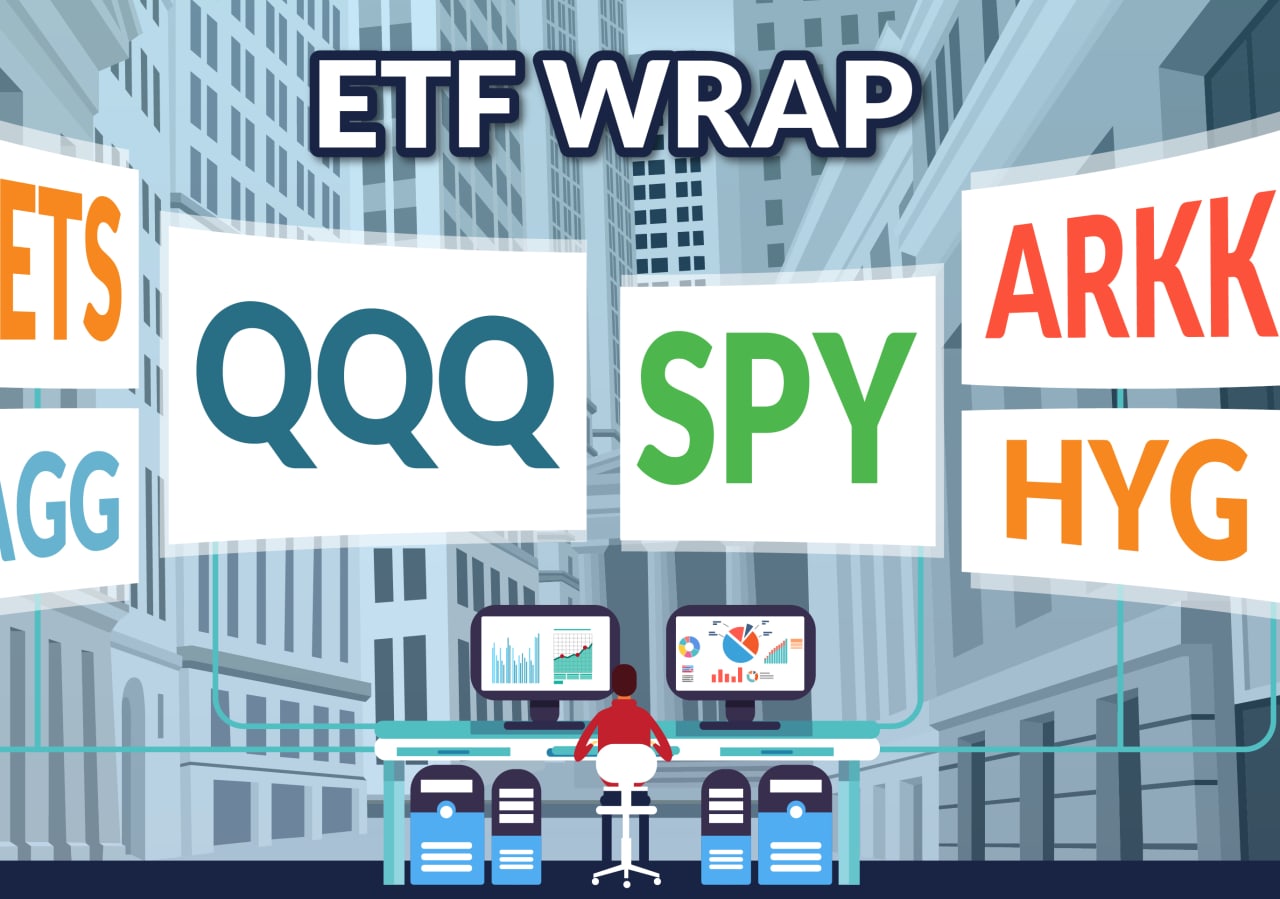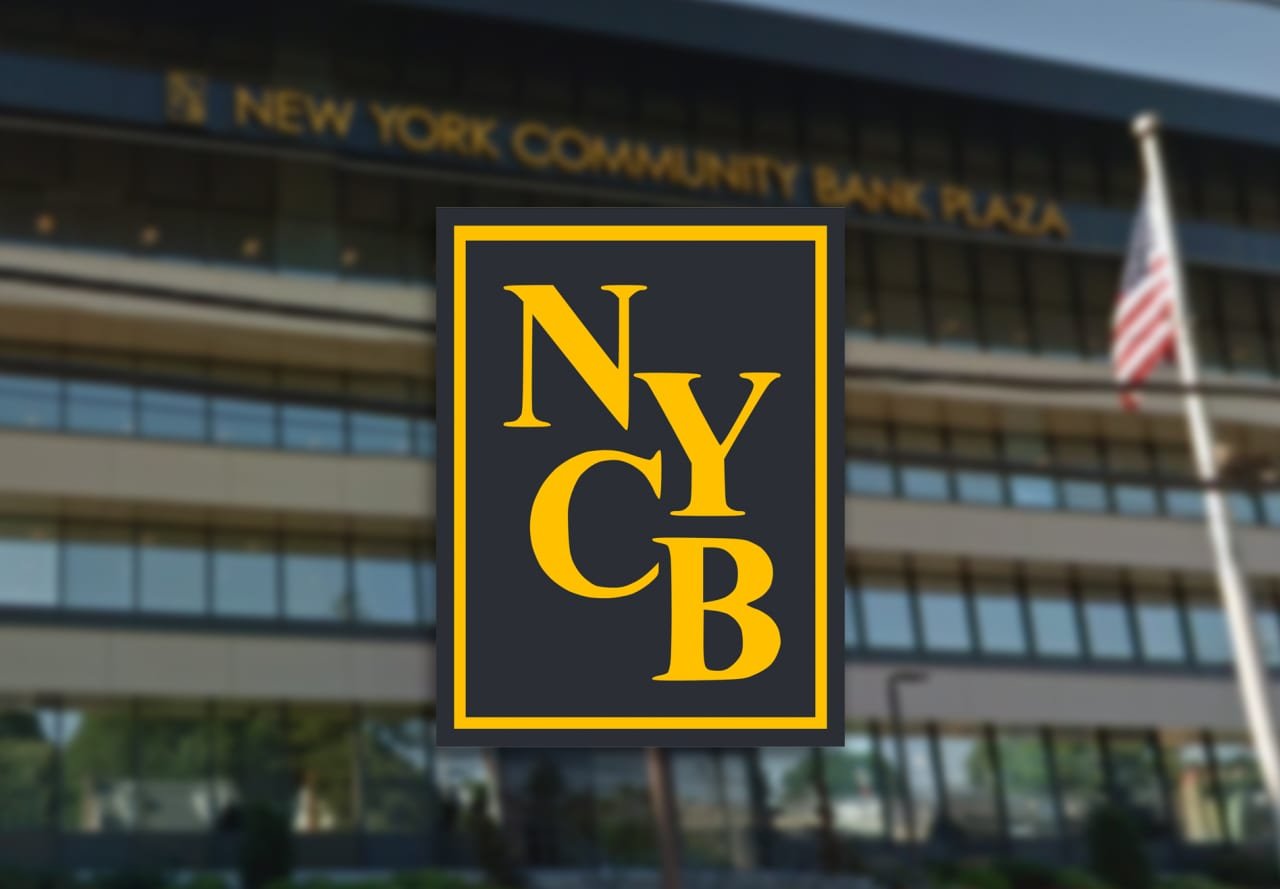
Why high-yield bond ETFs may deliver ‘surprise’ outperformance in fixed income
Hello! For this week’s ETF Wrap, I caught up with Michael Arone, State Street’s chief investment strategist, at the Exchange ETF conference in Miami. He shared his take on bonds as ETF investors look for clues as to when the Federal Reserve may cut interest rates.
Please send feedback and tips to christine.idzelis@marketwatch.com or isabel.wang@marketwatch.com. You can also follow me on X at @cidzelis and find me on LinkedIn. Isabel Wang is at @Isabelxwang.
Sign up here for our weekly ETF Wrap.
Junk-bond ETFs edged into the green on Thursday — and may wind up surprising investors with outperformance this year, according to Michael Arone, chief investment strategist at State Street Global Advisors.
High-yield bonds — a riskier form of corporate debt, commonly known as “junk” for its below-investment-grade ratings — could outperform in 2024 under a “soft-landing” scenario for the U.S. economy, Arone said in an interview Tuesday on the sidelines of the Exchange ETF conference in Miami. That may be a “surprise” this year as investors keep worrying about the potential for a recession.
Shares of the SPDR Bloomberg High Yield Bond ETF
JNK
and iShares iBoxx $ High Yield Corporate Bond ETF
HYG
rose modestly on Thursday, bringing their total returns into positive territory for 2024, according to FactSet data.
But funds that broadly track the U.S. investment-grade bond market, including the iShares Core U.S. Aggregate Bond ETF
AGG
and Vanguard Total Bond Market ETF
BND,
are still down so far this year.
While the U.S. economy has been surprisingly resilient following the Federal Reserve’s interest-rate hikes aimed at lowering inflation, some investors remain concerned the Fed’s monetary tightening may still lead to an economic slowdown. Though that may make them less inclined to take credit risk, high-yield bonds stand to fare well in an economy that keeps chugging along, according to Arone.
Meanwhile, ETFs focused on junk bonds aren’t all that popular lately.
High-yield bond ETFs listed in the U.S. saw $387 million of net outflows in the week through Feb. 14, while the broader category of exchange-traded funds targeting fixed income attracted $2.8 billion of net inflows over the same period, according to a CreditSights report on Thursday.
“In high yield, there is good total-return potential given the overall level of yields, though spread levels do not compensate investors for growth risks and [the] potential for higher defaults,” Jeff Klingelhofer, co-head of investments at Thornburg Investment Management, said in emailed comments Thursday.
U.S. high-yield bonds had a spread of 338 basis points over comparable Treasurys on Feb. 14, according to data from the ICE BofA US High Yield Index on the Federal Reserve Bank of St. Louis’s website.
Too tight?
Arone said that many investors worry high-yield spreads are “too tight” and risk widening in a slowing economy, potentially hurting returns.
“For much of 2024,” high-yield bond spreads have been rangebound between 340 basis points and 370 basis points as “markets grapple with strong economic-activity data, more mixed inflation signs as of late and what it ultimately means for the timing of the first Fed rate cut,” CreditSights analysts said in a note dated Feb. 9.
Investors have been anxious about rate volatility after the Fed’s aggressive rate hikes in 2022 resulted in losses for the bond market. While hotter-than-anticipated inflation could prompt the central bank to keep interest rates higher for longer, Arone said many investors have preferred taking rate risk over credit risk in junk bonds.
They expect falling rates may lead to price gains in the bond market, he said.
Meanwhile, the yield on the 10-year Treasury note has climbed almost 38 basis points this year through Thursday, to 4.239% based on 3 p.m. Eastern time levels, according to Dow Jones Market Data.
As the market keeps looking for clues from the Fed as to when it may start cutting rates, Arone said he favors an investment approach that includes short-term debt and bonds with intermediate durations.
That might include a fund such as the SPDR Portfolio Intermediate Term Corporate Bond ETF
SPIB,
according to Arone. As for rate risk, the fund has an effective duration of four years, FactSet data show.
Meanwhile, junk bonds, which are yielding around 8%, have less duration risk than long-term bonds, Arone said. The effective duration of the SPDR Bloomberg High Yield Bond ETF is 3.3 years, according to FactSet data.
The SPDR Bloomberg High Yield Bond ETF and iShares iBoxx $ High Yield Corporate Bond ETF have each returned a total 0.2% this year through Thursday, FactSet data show.
By contrast, the Vanguard Total Bond Market ETF is suffering losses this year, down 1.5% on a total-return basis through Thursday, FactSet data show. The Vanguard Long-Term Treasury ETF
VGLT
has seen an even steeper total loss of 4.8% this year over the same period.
As usual, here’s your look at the top- and bottom-performing ETFs over the past week through Wednesday, according to FactSet data.
The good…
| Top Performers | %Performance |
|
ProShares Bitcoin Strategy ETF BITO |
13.8 |
|
Bitwise Bitcoin ETF BITB |
13.7 |
|
ARK 21Shares Bitcoin ETF ARKB |
13.6 |
|
Grayscale Bitcoin Trust GBTC |
13.5 |
|
iShares Bitcoin Trust IBIT |
13.5 |
| Source: FactSet data through Wednesday, Feb. 14. Start date Feb. 8. Excludes ETNs and leveraged products. Includes NYSE-, Nasdaq- and Cboe-traded ETFs of $500 million or greater. |
…and the bad
| Bottom Performers | %Performance |
|
United States Natural Gas Fund LP UNG |
-14.5 |
|
AdvisorShares Pure US Cannabis ETF MSOS |
-12.3 |
|
Global X Silver Miners ETF SIL |
-5.9 |
|
Amplify Junior Silver Miners ETF SILJ |
-5.8 |
|
VanEck Junior Gold Miners ETF GDXJ |
-4.9 |
| Source: FactSet data |
New ETFs
Fidelity Investments said Feb. 12 that it’s planning to launch two actively managed exchange-traded funds later this month, including the Fidelity Low Duration Bond ETF (FLDB) and Fidelity Fundamental Large Cap Value ETF (FFLV).





